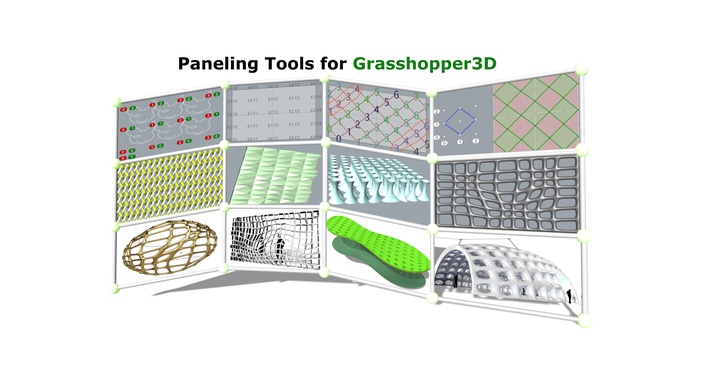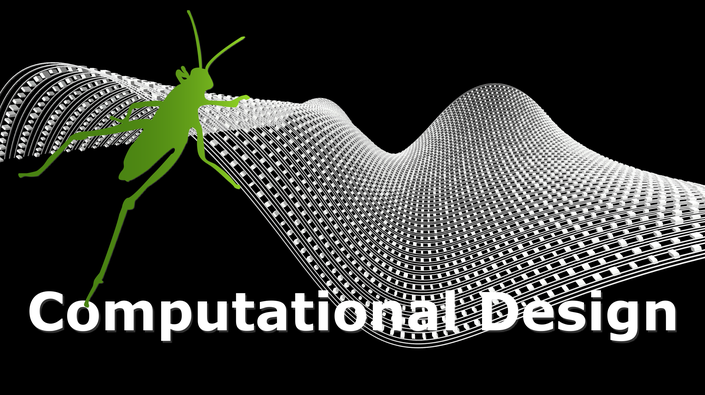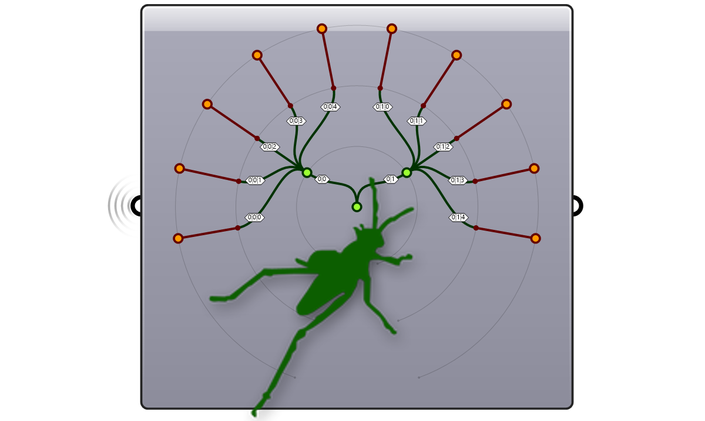
Welcome!
This course introduces to design professionals the essential mathematical and geometry concepts to develop complex 3D modeling algorithms using Grasshopper, the generative modeling environment for Rhino. It covers concepts such as vector mathematics, transformations and parametric representation of curves and surfaces.
This course is 100% FREE!
Once enrolled, the course will be available for 6 months!
The course is organized into 8 units, and each unit will take approximately 2-4 hours to complete.
If you are a beginner, we strongly recommend that you go through the units in order.
*Our online courses do not qualify for proof of academic status for a Rhino educational license as we are not an accredited school offering a degree program.

Meet your instructor!
Rajaa Issa is a developer, researcher and educator in the field of computational design in architecture. As a Software Developer at Robert McNeel & Associates, she builds solid modeling and surface editing tools to support the architectural design and fabrication processes. She taught numerous university courses and workshops and her pedagogical method is centered around building strong foundational knowledge in mathematics, algorithms, and fabrication to bridge the gap between intuitive and algorithmic thinking among creative designers. She has authored a series of publications on parametric and computational design essentials, which are popular among both students and professionals.
She holds graduate degrees in architecture and computer science and she lives with her family in San Diego, California.
Course Content
- Introduction
- 4.1 Matrix Operations
- 4.2. Transformation Operations
- 4.2.1 Translation (Move) Transformation
- 4.2.2. Rotation transformation
- 4.2.3. Scale transformation
- 4.2.4. Shear transformation
- 4.2.5. Mirror or Reflection Transformation
- 4.2.6. Planar Projection Transformation
- 4.3. Quiz
- 4.4. Questions about Transformations?
- 6.1. Introduction to NURBS Curves (9:00)
- 6.1.1. Degree
- 6.1.2. Control Points
- 6.1.3. Weights of Control Points
- 6.1.4. Knots
- 6.1.5. Evaluation Rule
- 6.2. Characteristics of NURBS Curves
- 6.3. Clamped vs. periodic NURBS curves
- 6.4. Weights
- 6.5. Evaluating NURBS Curves
- 6.6. Curve Geometric Continuity
- 6.7. Curve Curvature
- 6.8. Quiz
- 6.9. Questions about NURBS Curves?




